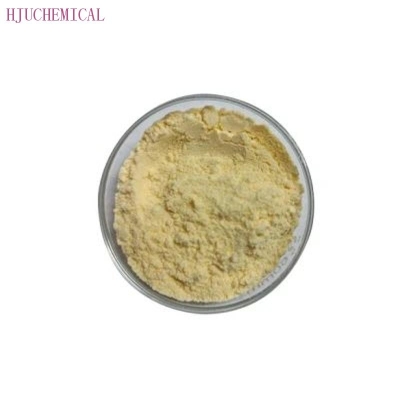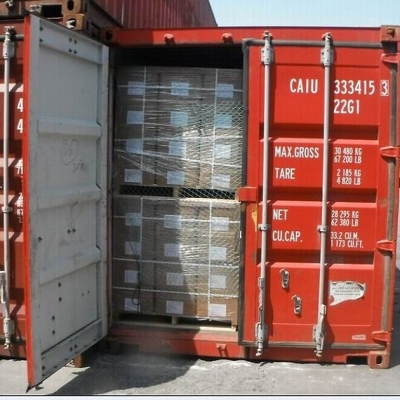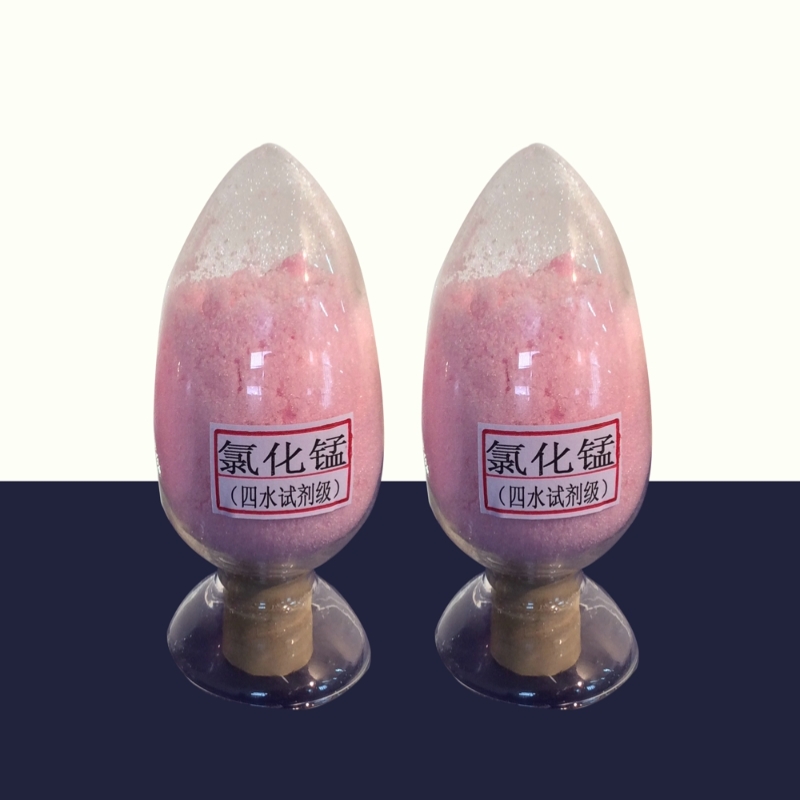-
Categories
-
Pharmaceutical Intermediates
-
Active Pharmaceutical Ingredients
-
Food Additives
- Industrial Coatings
- Agrochemicals
- Dyes and Pigments
- Surfactant
- Flavors and Fragrances
- Chemical Reagents
- Catalyst and Auxiliary
- Natural Products
- Inorganic Chemistry
-
Organic Chemistry
-
Biochemical Engineering
- Analytical Chemistry
- Cosmetic Ingredient
-
Pharmaceutical Intermediates
Promotion
ECHEMI Mall
Wholesale
Weekly Price
Exhibition
News
-
Trade Service
Ferric chloride hexahydrate, also known as iron(III) chloride hexahydrate, is a compound with the chemical formula FeCl3·6H2O.
It is a yellowish-green or yellow crystalline solid that is highly soluble in water.
Ferric chloride hexahydrate is widely used in the chemical industry due to its numerous applications.
One of the most common applications of ferric chloride hexahydrate is as a flocculant in water treatment.
In this application, the compound is added to water to help remove suspended solids, such as clay and silt.
The ferric chloride hexahydrate molecules bind to the suspended solids, causing them to aggregate and settle to the bottom of the treatment system.
This process is known as flocculation, and it is widely used in water treatment facilities to remove impurities from drinking water and wastewater.
Another important application of ferric chloride hexahydrate is in the production of paper.
In the papermaking process, ferric chloride hexahydrate is added to the pulp to help brighten the paper and improve its texture.
The compound works by reacting with the lignin in the pulp, breaking down the lignin and removing it from the fibers.
This results in a brighter, cleaner paper product with improved surface properties.
In the oil industry, ferric chloride hexahydrate is used to remove unwanted impurities from crude oil.
The compound is added to the oil, where it reacts with impurities such as sulfur and heavy metals, precipitating them out of the oil.
This process is known as hydrotreating, and it is used to produce cleaner, higher-quality crude oil.
Ferric chloride hexahydrate is also used in the production of iron and steel.
In this application, the compound is used as a catalyst in the production of iron and steel from iron ore.
The compound helps to reduce the amount of carbon monoxide and hydrogen gas produced during the reduction process, resulting in a higher-quality finished product.
In the pharmaceutical industry, ferric chloride hexahydrate is used as a catalyst in the production of certain drugs.
The compound is used to catalyze the reaction between the active ingredient and other chemicals, resulting in the formation of the final drug product.
In the food industry, ferric chloride hexahydrate is used as a flocculant in the production of beverages and other food products.
The compound is added to the mixture to help remove suspended solids, resulting in a clearer, more uniform product.
In agriculture, ferric chloride hexahydrate is used to improve soil fertility.
The compound is added to the soil, where it reacts with the aluminum and hydrogen ions in the soil to form a soluble Aluminum ferric compound.
This compound helps to neutralize the acidity of the soil, making it more conductive to plant growth.
In the construction industry, ferric chloride hexahydrate is used as a curing agent for concrete.
The compound is added to the mix during the manufacturing process, where it reacts with the lime in the concrete to help strengthen and harden the material.
In the textile industry, ferric chloride hexahydrate is used as a bleaching agent.
The compound is added to the textile fibers, where it helps to break down the natural color of the fibers and produce a brighter, more even color.
In the environmental industry, ferric chloride hexahydrate is used for the remediation of contaminated soil and groundwater.
The compound is added to the contaminated soil or water, where it reacts with the contaminants, breaking them down and removing them from the soil or water.
This process is known as bioremediation.
In the electro







